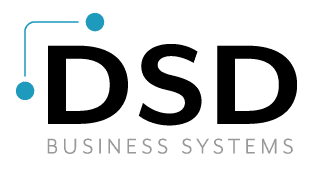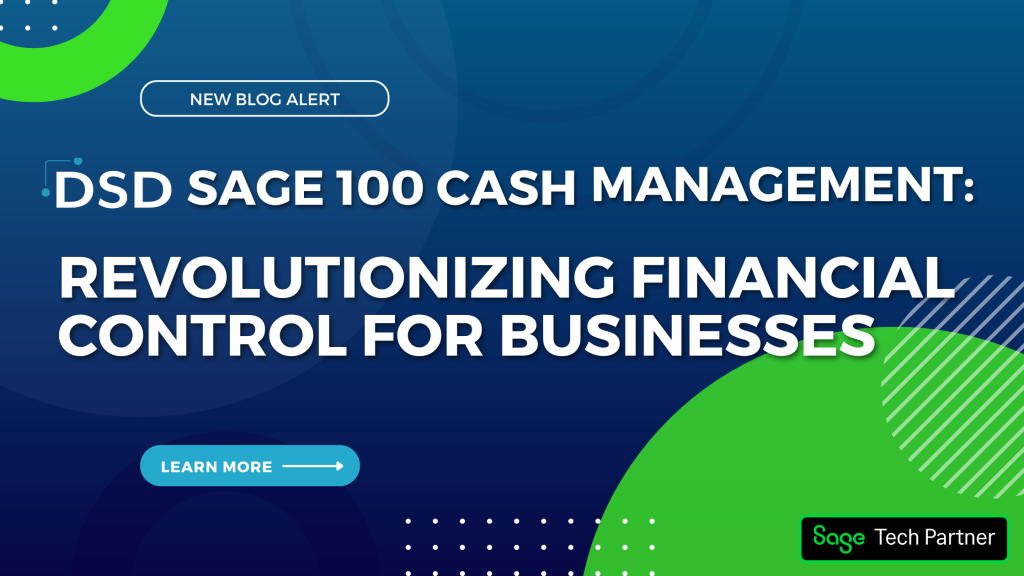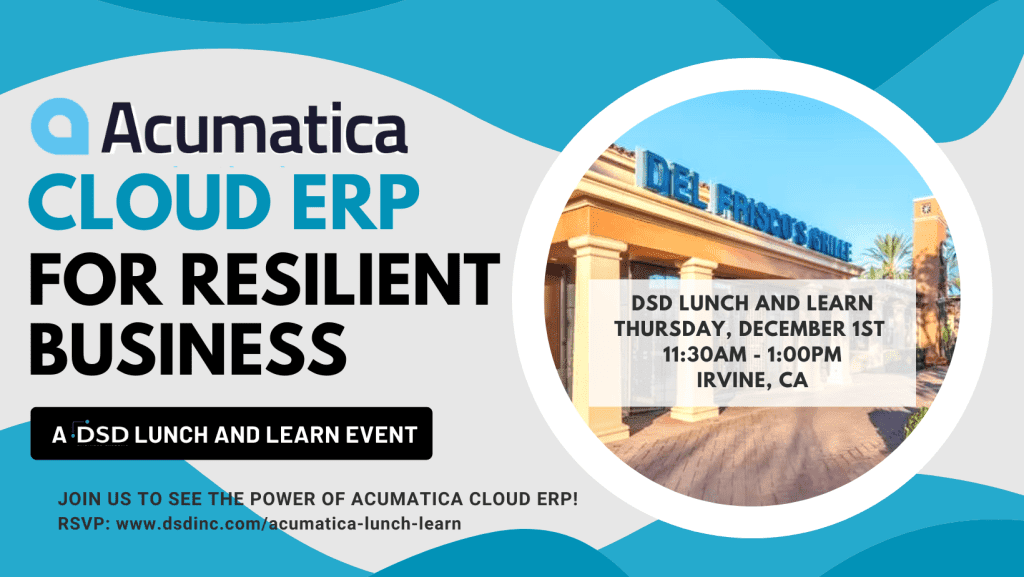ERP In The Cloud: Myths and Facts

Recently, the ERP industry has been bombarded with aggressive marketing claims by multi-tenant ERP providers and on-premises ERP publishers. Wading through the myths and facts is a daunting job for a user because there are few sources who aren’t biased in one way or another. Everybody is looking to sell you their product. Our job is to provide an unbiased look at this issue by debunking some common myths.
Myth: There are “true cloud” ERP products and “phony” ones.
Fact: False. There’s no “true cloud”, “phony cloud”, or “cloud-in-disguise”. Terms such as “partly cloudy” and “legacy” software are disparaging terms that multi-tenant cloud providers have created to cast doubt on everything but their own multi-tenant cloud products. I recommend ignoring those terms. Cloud ERP software is any software whose data is stored in the cloud and is accessible by any user with an Internet connection.
Myth: Cloud ERP software must be multi-tenant.
Fact: False. Multi-tenant ERP software uses one copy (instance) of the software to service many different companies’ data. This is an efficient design and allows the service provider to make upgrades automatically during off-hours. But that’s certainly not the only way to design ERP software. In fact, multi-tenant ERP software is used far less often than single instance software. Both of these work well in the cloud.
Myth: Multi-tenant ERP software was developed for the cloud.
Fact: False. On-premises multi-tenant ERP software was developed decades ago by accounting service bureaus, whose staff processed many clients’ data and is still in wide use today.
Myth: On-premises or client server ERP software cannot be located in the cloud.
Fact: False. There are thousands of private and hybrid clouds that make on-premises or client-server ERP software available in the cloud in a single instance environment. In other words, a company’s copy of their on-premises ERP software can, under most circumstances, be cost-effectively moved to the cloud in a hybrid or private cloud environment.
Myth: Locating existing on-premises ERP software in the cloud is too expensive.
Fact: False. In fact, the total overall cost of relocating already-owned client-server ERP software in the cloud is likely lower than the total cost of ownership of a new multi-tenant cloud software implementation, particularly after conversion and training costs are considered. Moving existing ERP software to the cloud allows users to take advantage of many of the most important benefits of being in the cloud. Those benefits include reduced IT, electrical and HVAC costs, a higher level of security and reliability, and availability to any remote user who has access to the web. This is particularly true for small to medium-sized companies.
Myth: ERP software designed for the cloud will run faster in the cloud than software designed for on-premises or client-server use.
Fact: True. Software designed from the ground up to be cloud-compatible with a web-compatible user interface will almost always be faster and more efficient than ERP software originally designed to operate in an on-premises client-server environment. But, it will usually run well enough in the cloud to be extremely usable. In fact, most users may not notice any difference. The efficiency of on-premises ERP software in the cloud will depend on its design, the quality of the internet connection and of the hosting service.
Myth: On-premises software will always run slower in the cloud than on a local server.
Fact: False. On-premises software will run equally well in properly designed and managed cloud networks and may perform better than a locally installed client server system. In other words, it is quite likely for a company to see its processing speed up after moving to the cloud.
Myth: Using ERP software in the cloud is less secure and less reliable than using it locally (on-premises).
Fact: False. In reality, any cloud provider has likely invested much more in their infrastructure, security and redundancy than any small business could ever consider. This means that data and applications are inherently safer in the cloud than they are on-premises. Furthermore, it is easier and more reliable to backup, restore and recover data on an infrastructure specifically setup for that purpose.
Myth: Multi-tenant cloud software is more affordable because it can be purchased on a subscription or on-demand basis.
Fact: False. Most on-premises ERP software can be purchased via subscription or an on-demand basis.
Written by Doug Deane, President & CEO of DSD Business Systems.





